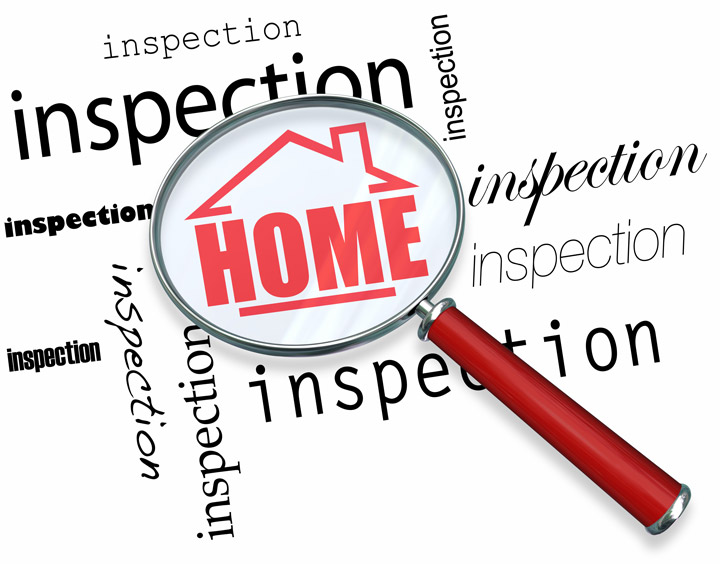
What Are the Parts of an Appraisal?Getting a house is the largest transaction most of us may ever encounter. Whether it's where you raise your family, a seasonal vacation home or one of many rentals, purchasing real property is a detailed financial transaction that requires multiple people working in concert to see it through. Most people are familiar with the parties taking part in the transaction. The most known face in the exchange is the real estate agent. Next, the mortgage company provides the money required to bankroll the transaction. And the title company ensures that all requirements of the sale are completed and that the title is clear to transfer from the seller to the purchaser. So, what party makes sure the value of the real estate is consistent with the amount being paid? In comes the appraiser. We provide an unbiased estimate of what a buyer could expect to pay — or a seller receive — for a parcel of real estate, where both buyer and seller are informed parties. A licensed, certified, professional appraiser from Steve Gleit will ensure, you as an interested party, are informed. The inspection is where an appraisal startsTo ascertain the true status of the property, it's our duty to first conduct a thorough inspection. We must actually see features, such as the number of bedrooms and bathrooms, the location, and so on, to ensure they really are present and are in the condition a reasonable buyer would expect them to be. To make sure the stated square footage has not been misrepresented and describe the layout of the home, the inspection often includes creating a sketch of the floorplan. Most importantly, we identify any obvious amenities - or defects - that would have an impact on the value of the house. Back at the office, we use two or three approaches to determining the value of the property: a paired sales analysis, a replacement cost calculation, and an income approach when rental properties are prevalent. 
Cost ApproachHere, the appraiser gathers information on local building costs, labor rates and other elements to determine how much it would cost to build a property nearly identical to the one being appraised. This figure commonly sets the upper limit on what a property would sell for. The cost approach is also the least used predictor of value. 
Paired Sales AnalysisAppraisers get to know the subdivisions in which they work. They thoroughly understand the value of particular features to the people of that area. Then, the appraiser looks up recent transactions in the neighborhood and finds properties which are 'comparable' to the subject in question. By assigning a dollar value to certain items such as upgraded appliances, additional bathrooms, additional living area, quality of construction, lot size, we adjust the comparable properties so that they are more accurately in line with the features of subject property.
In the end, the appraiser reconciles the adjusted sales prices of all the comps and then derives an opinion of what the subject could sell for. At Steve Gleit, we are an authority when it comes to knowing the value of real estate features in Northridge and Los Angeles County neighborhoods. This approach to value is most often given the most importance when an appraisal is for a home exchange. Valuation Using the Income ApproachIn the case of income producing properties - rental houses for example - the appraiser may use an additional approach to value. In this case, the amount of revenue the property yields is taken into consideration along with income produced by neighboring properties to give an indicator of the current value. Coming Up With The Final ValueExamining the data from all approaches, the appraiser is then ready to stipulate an estimated market value for the subject property. The estimate of value at the bottom of the appraisal report is not always what's being paid for the property even though it is likely the best indication of what a property is worth. Depending on the individual circumstances of the buyer or seller, their level of urgency or a buyer's desire for that exact property, the closing price of a home can always be driven up or down.But the appraised value is often used as a guideline for lenders who don't want to loan a buyer more money than the property is actually worth. The bottom line is, an appraiser from Steve Gleit will help you get the most fair and balanced property value, so you can make wise real estate decisions. |